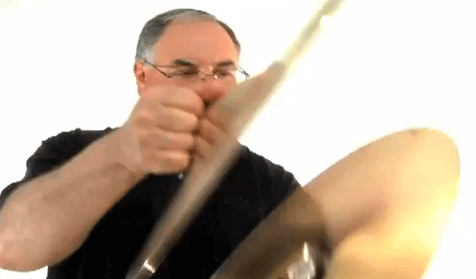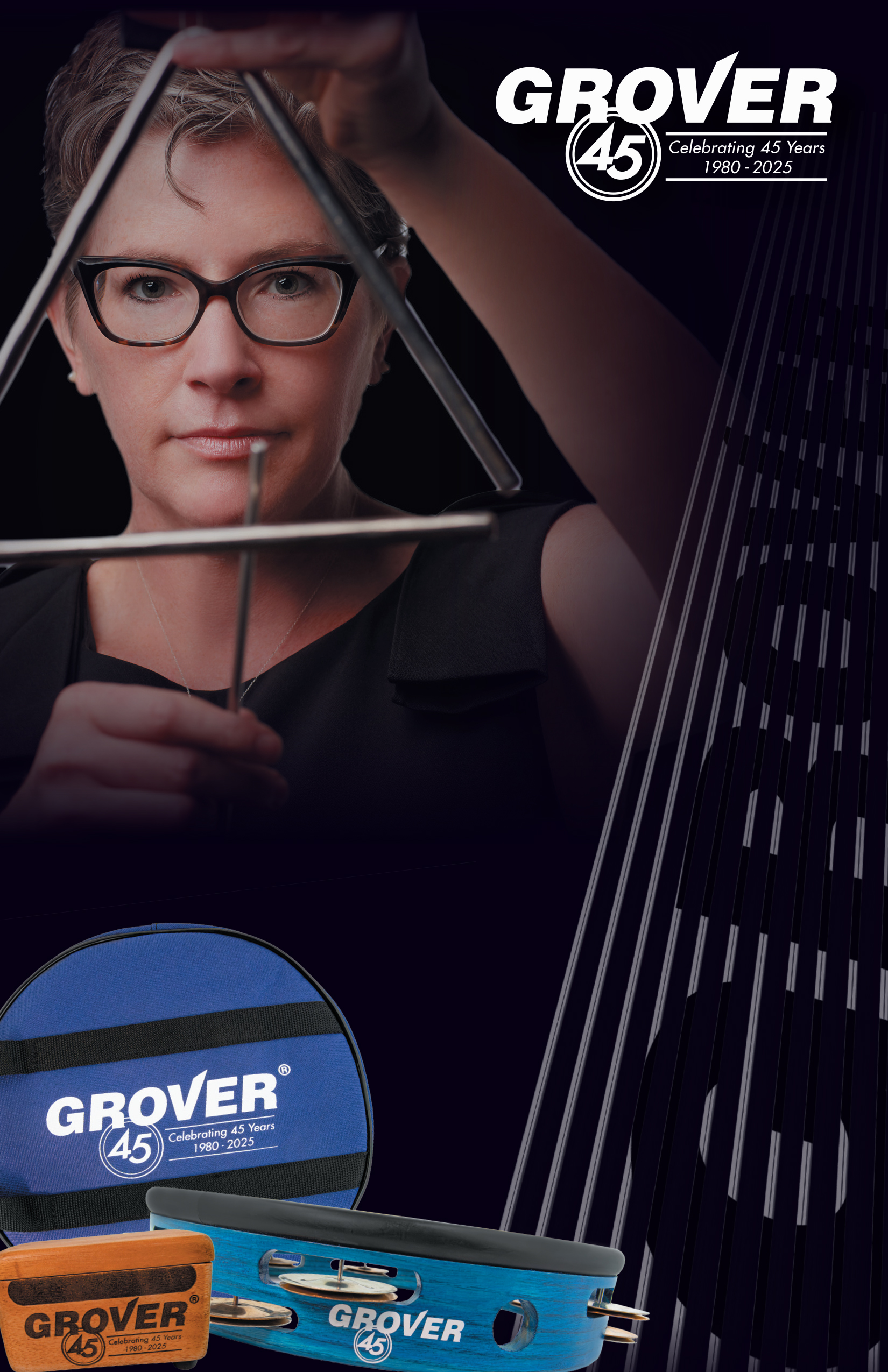During a Boston Pops Orchestra rehearsal yesterday, conductor Keith Lockhart looked up at me immediately prior to an important suspended cymbal entrance. I have a practice of always making sure that, in addition to keeping an eye on the conductor, the conductor can SEE what I am doing (or what I am about to do.) My experience is that conductors always seem to appreciate visual preparedness. It reassures the maestro that: 1) I know where we are, and 2) I am ready to come in.
Many years ago, while playing a tambourine part with the Boston Symphony, Maestro Seiji Ozawa was unhappy with the tambourine articulation on the first run through. My mentor, Vic Firth, suggested that I hold the tambourine up high, so that the conductor could SEE what I was doing. When Maestro Ozawa asked me to play alone, I followed Vic’s advice and held the tambourine up at shoulder height, playing exactly the same rhythm and articulation as before. This time, however, the Maestro grinned and nodded in approval. I immediately looked at Vic, who threw a sly wink, giving me a huge sense of relief!

Thinking about it after today’s rehearsal, I realized that orchestra conductors have so much to keep track of simultaneously, any body language which I can provide to reassure them of my intent is very positively received. I know this to be the case, because of the appreciative feedback I’ve received from conductors over the years.
The next time you are playing, try it. Be visible and strive to catch the conductors eye. Who knows, it may work for you as well as it’s worked for me!

Neil – I’ve read with interest your item above concerning being “visible”. I’ve just spent the last week playing with the band at Allegheny College’s Band Camp for Adult Musicians in Meadville, PA. Starting on Monday, we read through/rehearsed about 40 pieces of music, sifting out of that a concert program of 13 works of varying length and complexity. One of the pieces, “O Magnum Mysterium” (Morton Lauridsen) had only a timpani part available, although the conductor (a GOOD one, btw…Capt. Michelle Rakers, Ass’t. Music Director of the “President’s Own Marine Band!) wanted suspended cymbal crescendos at two points. As there was no written part to be found, and the desired cymbal part did not follow the timpani, Capt. Rakers merely said, “I’ll cue you for that.” The interesting thing about all this is her conducting exactly duplicated Mr. Lockhart’s as you describe it. The bar before she wanted the cymbal was to enter, she would look directly at me. I’d make sure to be ready to play, and would have total eye contact with her. We made the two cymbal cues/parts in perfect order, because we were completely in sync, an absolute testimonial to what your write about. It was fun to read your “lesson” and realize I’d had occasion to do exactly that thing just a few days before.
Stephen Liljegren